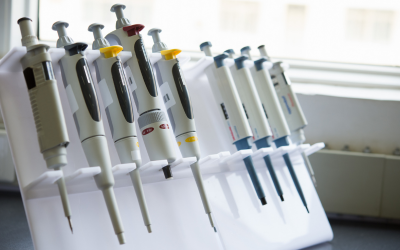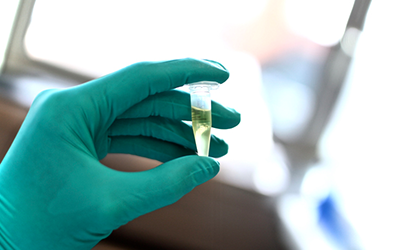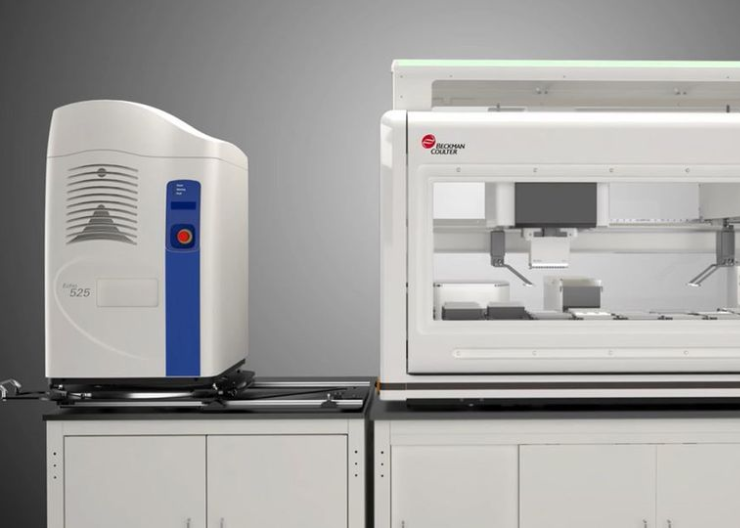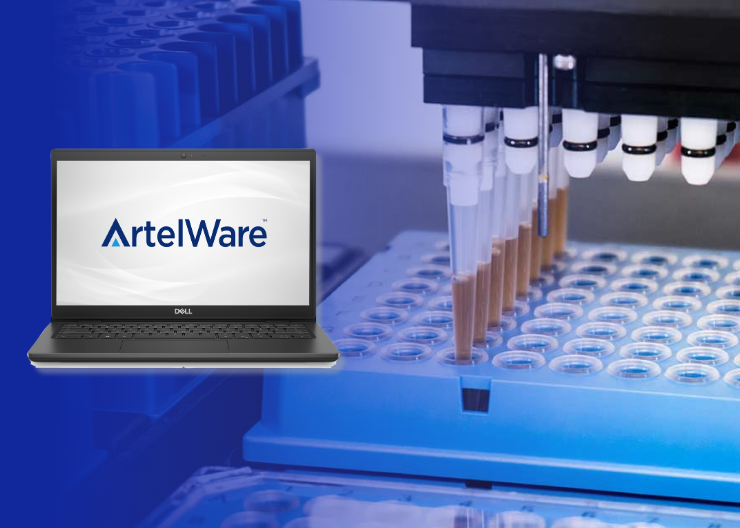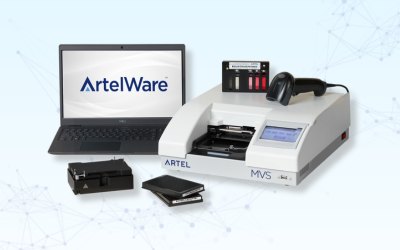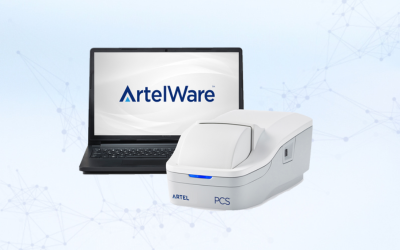Not All Liquid Handlers Are Alike
Liquid handlers are some of the most useful instruments in laboratories ranging from the simplest of systems (such as an extrapolation of a handheld pipette) to the ever-complex, integrated systems with increasingly automated capabilities (integrated pipettors, dispensers, centrifuges, robotic arms, sealers, etc.). The simple systems are obviously used for simple tasks while integrated systems can be used for a whole slew of things.
User skills and experience vary, too
Like with the types of systems out there, the skills of the liquid handler users also seem to differ significantly. Liquid handler users may range from someone with no apparent skill level (“I don’t know what I’m doing at all”) to the highly skilled application specialist, who can effortlessly make the liquid handler perform an assay that calls for a gracious pirouette followed by a triple-twist-back-flip (whatever that might really be). In most cases, user skills lie somewhere in the middle between the two examples above; the majority of users seem know how to write basic methods and where to place labware.
Whose job is it?
Regardless of the skill level involved, it’s puzzling that many users do not seem to care much about the actual liquid handler performance – that is, the ability of the liquid handler to transfer assay-specific target volumes with accuracy and precision. What are some of the reasons for this lack of concern?
They might have a faith, or a deep trust, in liquid handler performance – since they programmed the liquid handler to dispense X µL, there is no way the robot could actually dispense Y µL. Further, since the liquid handler has a calibration sticker on it, it must be working properly within the calibration interval – right? They might even think their assays are immune to volume transfer inaccuracy or variable pipetting. They believe that it isn’t up to them to care…checking performance isn’t their job and someone else is ultimately responsible for calibration, maintenance and performance optimization. It is likely they want to drive the car but they believe it’s the mechanic’s job to make sure it is working properly so they don’t have to question performance on a day-to-day basis.
Why performance matters
Liquid handlers can cost a good chunk of change, and so in my opinion, implementing a simple methodology to check liquid handler accuracy and precision periodically can do a world of good – for any lab. It can pay for itself many times over, especially when troubleshooting or corrective action(s) are required for an errant assay result or mishap.
It all is linked to quality and good practices, which brings me in a round-about fashion to the title of this blog.
- People who care about liquid handler performance care about quality.
- People who care about quality will question and try to improve an assay or process by removing hiccups along the way, such as inaccurate liquid handling.
Those folks who make sure the liquid handlers are running properly – from research to manufacturing – are building quality into their liquid handling processes because volume delivery is at the heart of nearly all assays. They are instilling quality and helping to make sure the assays and work performed with their liquid handlers produce meaningful results…results which everyone has confidence in. Otherwise, wouldn’t a lot of it be just a waste of time?


